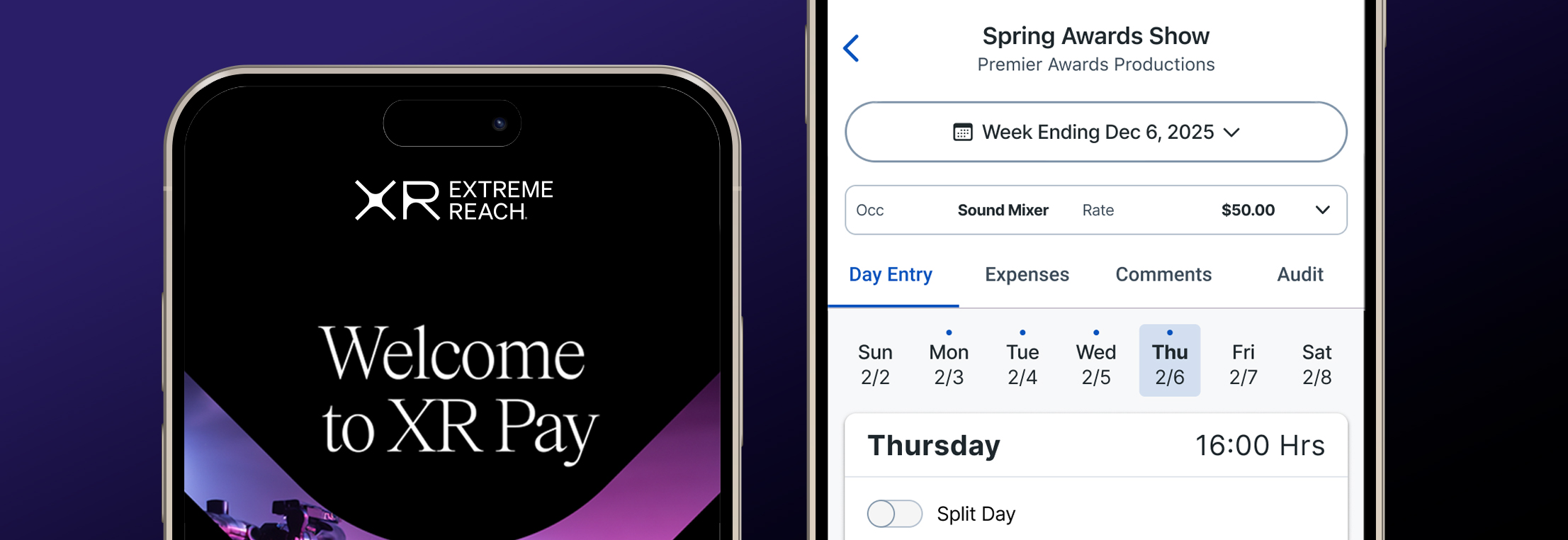Will 2023 Be an Upfront for the Ages?
This article was written for ANA Forward and originally published on the ANA website.
Buyers and sellers are aligning around today's viewing behavior
The nature of TV continues to change, but reaching consumers with video commercials remains critically important. The upside for advertisers is that consumers still have an insatiable desire for "television" programming. The downside is that viewers are now opportunistic about the devices and services they use to watch content.
To survive, the TV networks have mastered delivering their programming agnostically: Sitting in one's living room watching an 82-inch screen with surround sound? No problem. Getting on an airplane with just a smartphone and pair of ear buds? Enjoy! Need to pause a show in the middle of a dramatic monolog to answer the door? "We understand," say the TV networks. "We'll just wait for you."
There is now a seemingly endless array of devices and platforms being combined in ever-evolving ways, to consumers' delight. And the doors are opening for advertisers to capitalize on these new opportunities.
The Networks Have Caught Up to the Consumer
The 2023 upfronts were an inflection point. Almost every network upfront presentation offered integrated opportunities for advertisers to follow consumers as they watch commercialized video content. The networks stopped packaging linear and streaming advertising in piecemeal. Instead, they came into the upfronts ready to negotiate, with complex inventory all rolled up as a singular opportunity.
One could argue this new approach comes just in time, with viewing behavior having demanded that half of all upfront commitments will go toward streaming in the next broadcast year. Advertisers spent more than $19 billion at the upfronts in 2022 and will spend about 3 percent less in 2023, according to eMarketer, which suggests that roughly $10 billion is now in negotiation for the complex array of digital ad formats.
Great upfronts drive negotiations that deliver complex packages of inventory representing extraordinary value for brands. This has always been true — just more so in 2023, when the networks raised their game for the digital era of complex viewing behavior.
One Pain Point Remains, Ad Delivery Complexity
The progress playing out in 2023 is valuable to marketers, but the logistics remain chaotic. Advertisers are still left to execute their campaigns through a patchwork of delivery systems.
Navigating the contracts of actors and onscreen talent that appear in a multitude of commercial formats and who get different payments for every situation? Delivering 1 million impressions with one ad in linear primetime but needing to serve 1 million streaming ads in a hundred different ways? Those are problems networks and programmers will leave to advertisers to solve on their own.
Managing the logistics of ad delivery to optimize the value of a huge investment in video campaigns is still a risky business. The complexity and labor can overwhelm even the most diligent brand managers because there are so many moving parts and so many different resources to keep track of.
Further complicating the matter are the glitches that can create a risk to brand reputation: for example, when assets have not been formatted for each screen perfectly and don't display properly. Too many glitches in handing off the final assets to digital publishers can delay the start to a campaign. These glitches happen because so many disparate teams are involved in the launch of linear and digital campaigns and many manual steps are involved.
Campaign management is no easy task for brands because the executional responsibilities are distributed widely. The creative agencies must hand over the right content with the right instructions. File delivery and formatting is a capability of these agencies but not a point of excellence. The media agencies employ hundreds of people working very long hours under stress in an effort to stay on top of the intense demands for delivering and tracking every video ad impression.
Marketers can use technology to pursue campaign optimization, but, all too often, the most granular steps in the process — trafficking, delivering, and accounting for commercials — are still an exhausting and difficult human endeavor.
It's Time for a Step Change
Marketers pick their agencies based on a performance record of delivering great content, developing great media plans, and following buying best practices. Then, they sign off on scopes of work that involve hundreds of hours each month spent on mundane logistical tasks distributed across a number of agencies whose efforts must coalesce to form one holistic, but hugely complicated, campaign.
With the 2023 upfronts, it's clear that consumers' penchant for watching TV through a range of devices is leading the way. The networks are following them successfully. And buyers and sellers are ready to integrate all of it into streamlined packages. Now, marketers need to step up and make decisions that unify the logistics of campaign activation and measurement. These problems are rapidly solved when teams work in one centralized platform where final assets are easily accessible and automatically formatted for every screen on the media plan. Marketers are not the bottleneck, but only marketers can lead the industry toward change.
It's time to unify and simplify how brands unleash sight, sound, and motion across every screen for the greatest measurable ROI.



.jpg)
